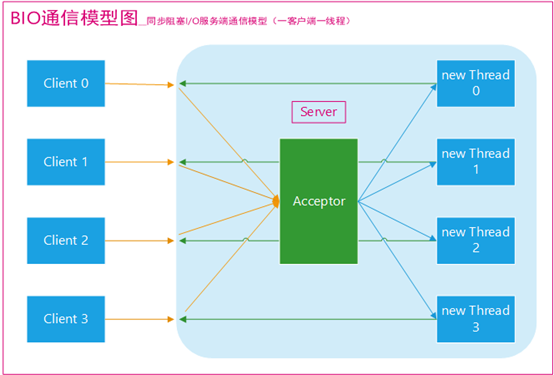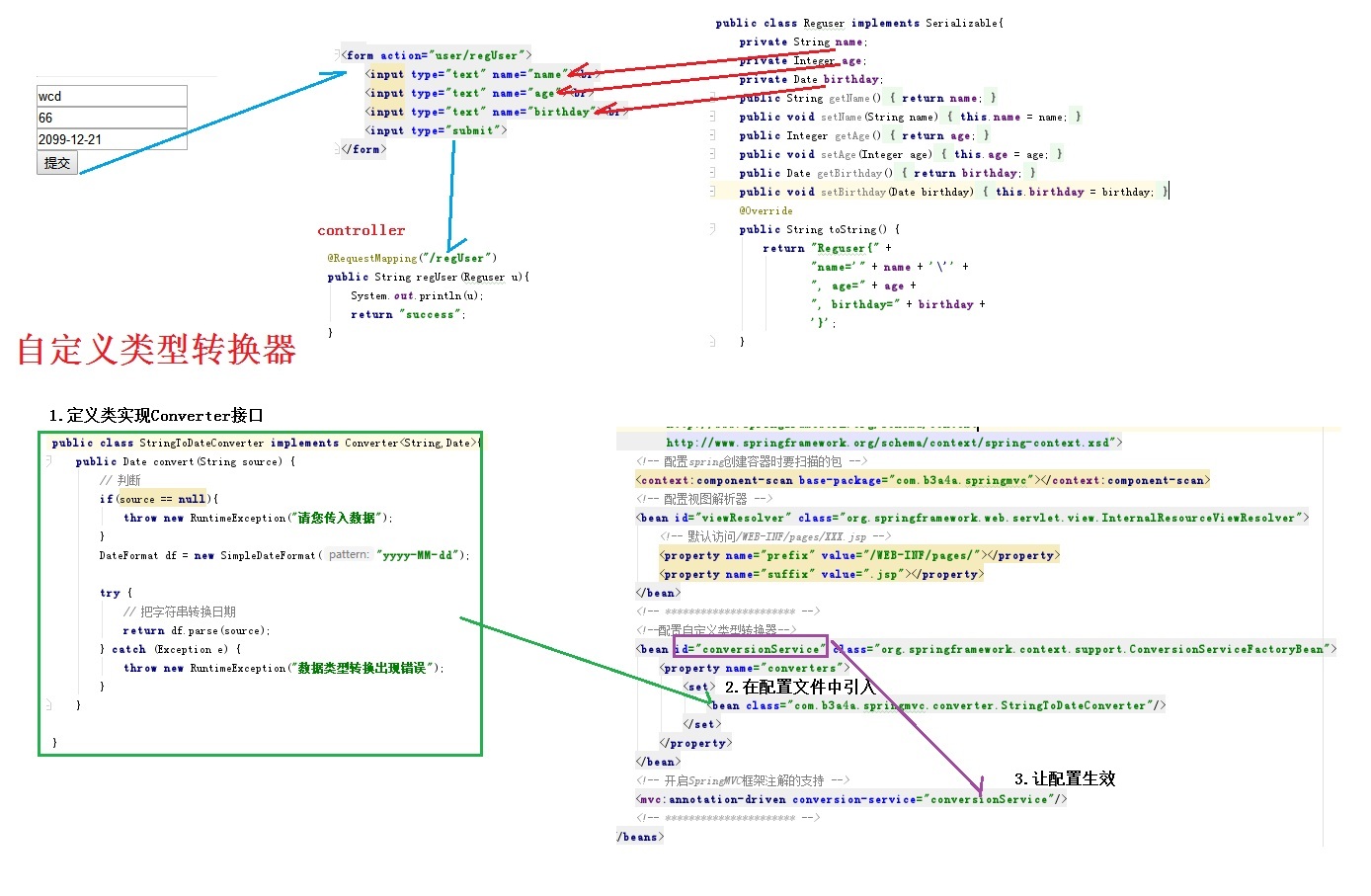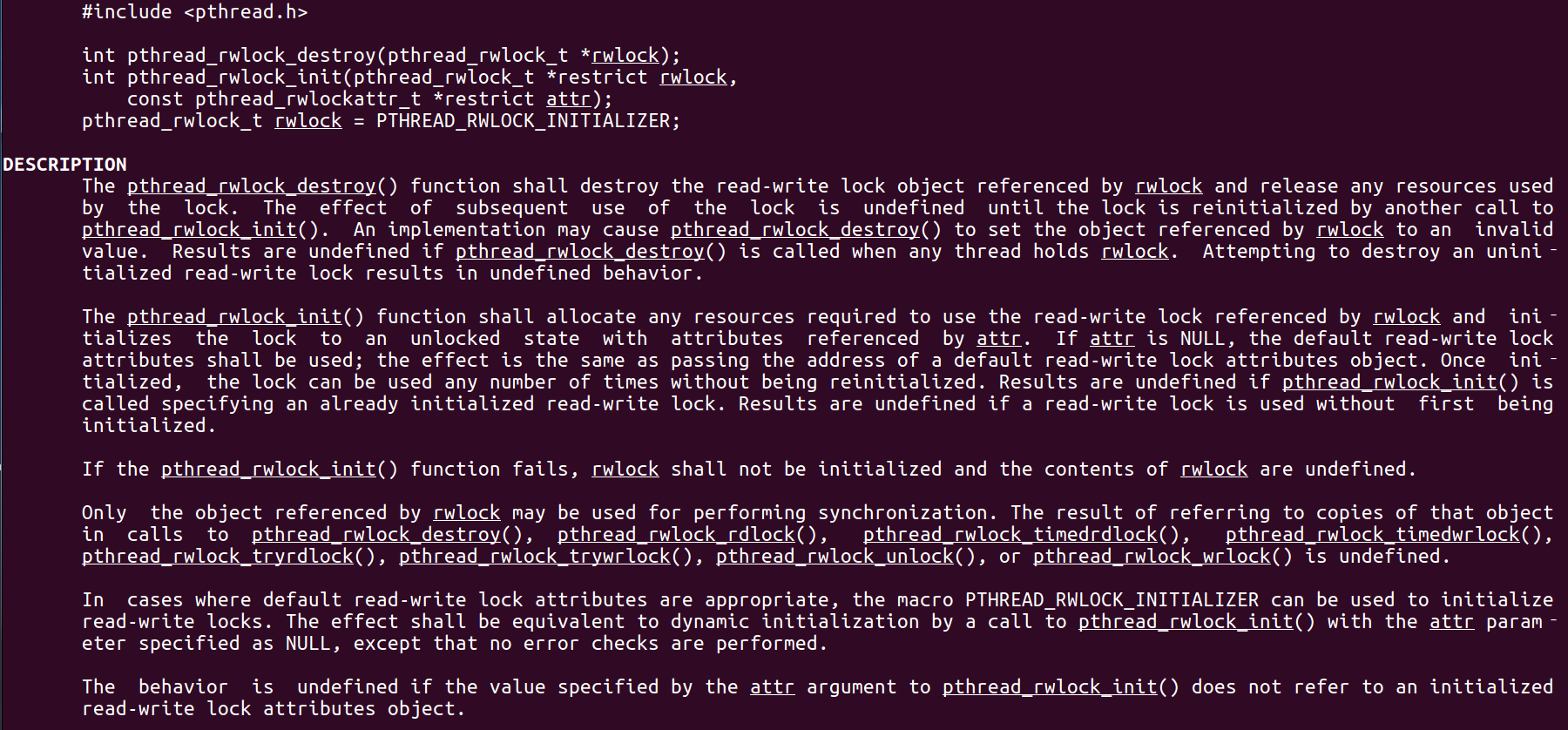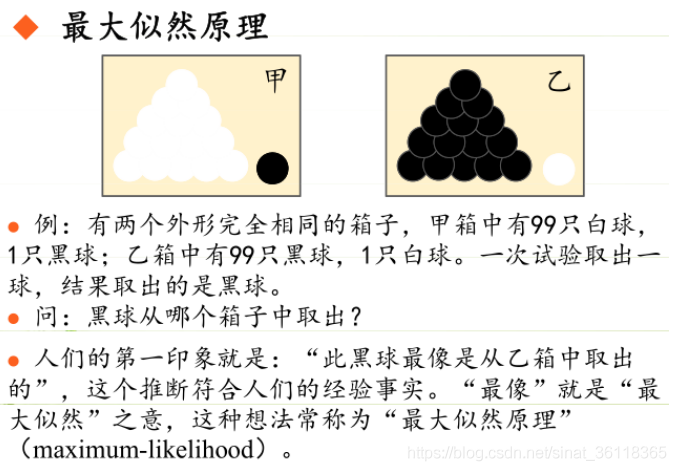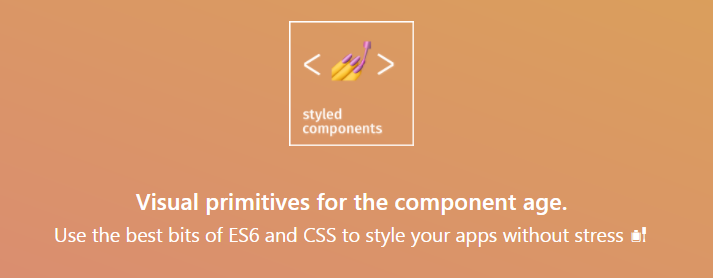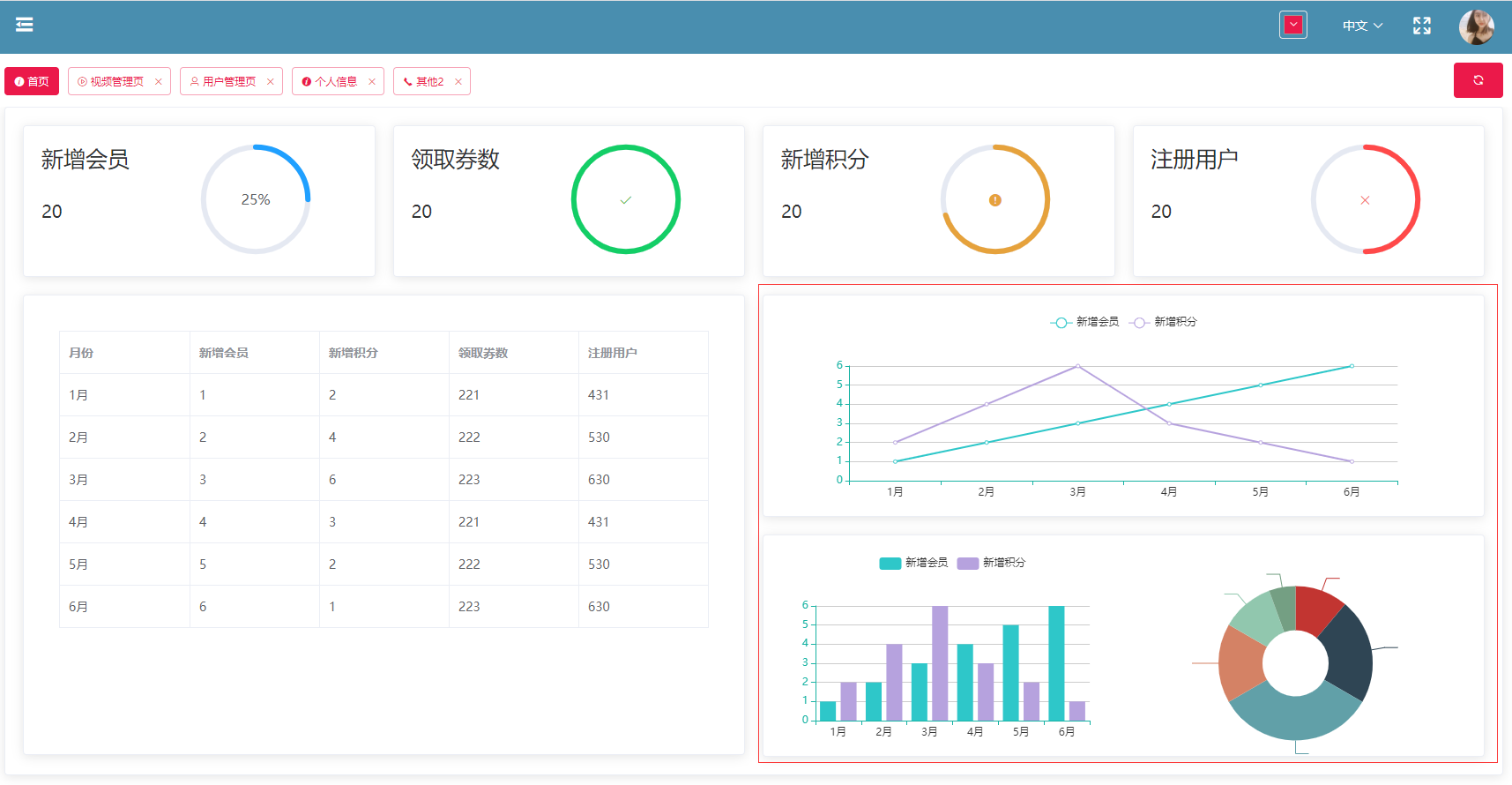網絡編程(BIO、NIO、Netty )
【傳統BIO通信模型圖】
package com.cherry.socket.bio;
import java.io.*;
import java.net.InetSocketAddress;
import java.net.ServerSocket;
import java.net.Socket;
import java.util.Date;
import java.util.concurrent.ExecutorService;
import java.util.concurrent.Executors;
/**
* @author [email protected]
* @create 2018/4/13 9:24
* @desc
**/
public class BIOServerBootStrap {
public static void main(String[] args) throws IOException {
//1.Create ServerSocket
ServerSocket serverSocket = new ServerSocket();
//2.Set up the service listener port
serverSocket.bind(new InetSocketAddress(9999));
//Create a thread pool
ExecutorService threadPool = Executors.newFixedThreadPool(150);
while (true){
//3.Waitting for request
System.out.println("----waitting for request----");
final Socket socket = serverSocket.accept();
threadPool.submit(new Runnable() {
public void run() {
try {
//4.Obtain user intent
InputStream is = socket.getInputStream();
InputStreamReader isr = new InputStreamReader(is);
BufferedReader br = new BufferedReader(isr);
StringBuilder sb = new StringBuilder();
String line = null;
while ((line=br.readLine())!=null){
sb.append(line);
}
System.out.println("----the message get by server---- : "+sb);
//5.client response
OutputStream os = socket.getOutputStream();
PrintWriter pw = new PrintWriter(os);
pw.println("server time"+new Date().toLocaleString());
pw.flush();
socket.shutdownOutput();//Tell the client to write the cut-off
//6.release the resource
socket.close();
} catch (IOException e) {
e.printStackTrace();
}
}
});
}
}
}package com.cherry.socket.bio;
import java.io.*;
import java.net.InetSocketAddress;
import java.net.Socket;
/**
* @author [email protected]
* @create 2018/4/13 11:07
* @desc
**/
public class BIOClientBootStrap {
public static void main(String[] args) throws IOException {
//1.Create client socket
Socket socket = new Socket();
//2.connect to the server
socket.connect(new InetSocketAddress("127.0.0.1",9999));
//3.makes requests to the server
OutputStream os = socket.getOutputStream();
PrintWriter pw = new PrintWriter(os);
pw.println("Hello,This is Client 2");
pw.flush();
socket.shutdownOutput();//Tell the Server to write the cut-off
//4.get the response
InputStream is = socket.getInputStream();
InputStreamReader isr = new InputStreamReader(is);
BufferedReader br = new BufferedReader(isr);
StringBuilder sb = new StringBuilder();
String line =null;
while ((line=br.readLine())!=null){
sb.append(line);
}
System.out.println("----The message get by client---- : "+sb);
//5.release the resource
socket.close();
}
}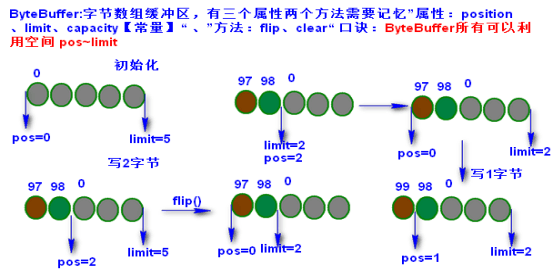
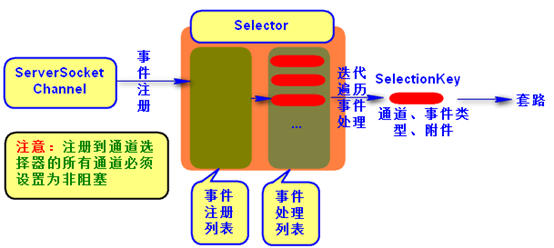
package com.cherry.socket.nio;
import java.io.ByteArrayOutputStream;
import java.io.IOException;
import java.net.InetSocketAddress;
import java.nio.ByteBuffer;
import java.nio.channels.SelectionKey;
import java.nio.channels.Selector;
import java.nio.channels.ServerSocketChannel;
import java.nio.channels.SocketChannel;
import java.util.Iterator;
/**
* @author [email protected]
* @create 2018/4/13 11:34
* @desc
**/
public class NIOServerBootStrap {
public static void main(String[] args) throws IOException {
//1.Create ServerSocketChannel
ServerSocketChannel ssc = ServerSocketChannel.open();
//2.Set up the service listener port
ssc.socket().bind(new InetSocketAddress(9999));
//3.Set up the channel to be non-blocking
ssc.configureBlocking(false);
//4.Create channel selector
Selector selector =Selector.open();
//5.注冊事件類型
ssc.register(selector, SelectionKey.OP_ACCEPT);
//6.遍歷事件處理列表
while (true){
int num = selector.select();
if (num>0){
//獲取所有待處理的keys
Iterator<SelectionKey> keys = selector.selectedKeys().iterator();
while (keys.hasNext()){
SelectionKey key = keys.next();
//處理事件
if(key.isAcceptable()){
System.out.println("----key isAcceptable----");
ServerSocketChannel channel = (ServerSocketChannel) key.channel();
SocketChannel socketChannel = channel.accept();
socketChannel.configureBlocking(false);
socketChannel.register(selector,SelectionKey.OP_ACCEPT);
}else if (key.isReadable()){
System.out.println("----key isReadable(read)----");
SocketChannel channel = (SocketChannel) key.channel();
ByteBuffer buffer = ByteBuffer.allocate(1024);
ByteArrayOutputStream baos = new ByteArrayOutputStream();
while (true){
buffer.clear();
int n = channel.read(buffer);
if (n==1)break;
baos.write(buffer.array(),0,n);
}
channel.register(selector,SelectionKey.OP_WRITE,baos);
} else if (key.isWritable()){
System.out.println("----key isWritable(write)----");
SocketChannel channel = (SocketChannel) key.channel();
ByteArrayOutputStream baos = (ByteArrayOutputStream) key.attachment();
baos.write("_服務器追加".getBytes());
ByteBuffer buffer = ByteBuffer.wrap(baos.toByteArray());
channel.write(buffer);
channel.socket().shutdownOutput();
channel.close();
}
//移除時間列表
keys.remove();
}
} else {
continue;
}
}
}
}
package com.cherry.socket.netty.server;
import io.netty.bootstrap.ServerBootstrap;
import io.netty.channel.ChannelFuture;
import io.netty.channel.EventLoopGroup;
import io.netty.channel.nio.NioEventLoopGroup;
import io.netty.channel.socket.nio.NioServerSocketChannel;
/**
* @author [email protected]
* @create 2018/4/16 9:51
* @desc
**/
public class ServerBootStrap {
public static void main(String[] args) throws InterruptedException {
//1.Create ServerBootstrap
ServerBootstrap sbt = new ServerBootstrap();
//2.Create thread pool(boss & worker)
EventLoopGroup boss = new NioEventLoopGroup();
EventLoopGroup worker = new NioEventLoopGroup();
//3.關聯線程池(boss負責請求轉發,worker負責事件處理)
sbt.group(boss,worker);
//4.Set up the server
sbt.channel(NioServerSocketChannel.class);
//5.Initialize the communication channel (key point)
sbt.childHandler(new ServerChannelInitizlizer());
//6.Bind listening port
System.out.println("我在@9999端口監聽...");
ChannelFuture channelFuture = sbt.bind(9999).sync();
//7.Wait for the server to close
channelFuture.channel().closeFuture().sync();
//l
boss.shutdownGracefully();
worker.shutdownGracefully();
}
}package com.cherry.socket.netty.server;
import io.netty.channel.ChannelFuture;
import io.netty.channel.ChannelFutureListener;
import io.netty.channel.ChannelHandlerAdapter;
import io.netty.channel.ChannelHandlerContext;
/**
* @author [email protected]
* @create 2018/4/16 10:26
* @desc
**/
public class ServerChannelHander extends ChannelHandlerAdapter {
/*捕獲數據在通道傳輸過程中的異常*/
@Override
public void exceptionCaught(ChannelHandlerContext ctx, Throwable cause) throws Exception {
System.err.println("錯誤:"+cause.getMessage());
}
/*接收數據,并響應*/
@Override
public void channelRead(ChannelHandlerContext ctx, Object msg) throws Exception {
ChannelFuture channelFuture = ctx.writeAndFlush(msg);
//關閉通道
channelFuture.addListener(ChannelFutureListener.CLOSE);
}
}package com.cherry.socket.netty.server;
import com.cherry.socket.netty.server.ServerChannelHander;
import io.netty.channel.ChannelInitializer;
import io.netty.channel.ChannelPipeline;
import io.netty.channel.socket.SocketChannel;
/**
* @author [email protected]
* @create 2018/4/16 10:02
* @desc
**/
public class ServerChannelInitizlizer extends ChannelInitializer<SocketChannel> {
@Override
protected void initChannel(SocketChannel socketChannel) throws Exception {
//communication channel
ChannelPipeline pipeline = socketChannel.pipeline();
pipeline.addLast(new ServerChannelHander());
}
}package com.cherry.socket.netty.client;
import io.netty.bootstrap.Bootstrap;
import io.netty.channel.ChannelFuture;
import io.netty.channel.EventLoopGroup;
import io.netty.channel.nio.NioEventLoopGroup;
import io.netty.channel.socket.nio.NioSocketChannel;
/**
* @author [email protected]
* @create 2018/4/16 11:15
* @desc
**/
public class ClientBootStrap {
public static void main(String[] args) throws InterruptedException {
//1.Create Bootstrap
Bootstrap bt = new Bootstrap();
//2.Create thread pool(worker)
EventLoopGroup worker = new NioEventLoopGroup();
//3.關聯線程池
bt.group(worker);
//4.Set up the client
bt.channel(NioSocketChannel.class);
//5.Initialize the communication channel (key point)
bt.handler(new ClientChannelInitializer());
//6.連接
ChannelFuture channelFuture = bt.connect("127.0.0.1",9999).sync();
//7.Wait for the server to close
channelFuture.channel().closeFuture().sync();
//8.release the resource
worker.shutdownGracefully();
}
}package com.cherry.socket.netty.client;
import io.netty.buffer.ByteBuf;
import io.netty.buffer.Unpooled;
import io.netty.channel.ChannelHandlerAdapter;
import io.netty.channel.ChannelHandlerContext;
import io.netty.util.CharsetUtil;
import javax.xml.transform.Source;
/**
* @author [email protected]
* @create 2018/4/16 11:22
* @desc
**/
public class ClientChannelHander extends ChannelHandlerAdapter {
/*捕獲數據在通道傳輸過程的異常*/
@Override
public void exceptionCaught(ChannelHandlerContext ctx, Throwable cause) throws Exception {
//super.exceptionCaught(ctx, cause);
System.out.println("錯誤:"+cause.getMessage());
}
/*接收數據*/
@Override
public void channelRead(ChannelHandlerContext ctx, Object msg) throws Exception {
//super.channelRead(ctx, msg);
ByteBuf byteBuf = (ByteBuf) msg;
System.out.println(((ByteBuf)msg).toString(CharsetUtil.UTF_8));
}
/*鏈接服務器時發送數據*/
@Override
public void channelActive(ChannelHandlerContext ctx) throws Exception {
//super.channelActive(ctx);
ByteBuf buf = Unpooled.buffer();
buf.writeBytes("你好,我是客戶端!".getBytes());
ctx.writeAndFlush(buf);
}
}package com.cherry.socket.netty.client;
import io.netty.channel.ChannelInitializer;
import io.netty.channel.ChannelPipeline;
import io.netty.channel.socket.SocketChannel;
/**
* @author [email protected]
* @create 2018/4/16 11:20
* @desc
**/
public class ClientChannelInitializer extends ChannelInitializer<SocketChannel> {
@Override
protected void initChannel(SocketChannel socketChannel) throws Exception {
//communication channel
ChannelPipeline pipeline = socketChannel.pipeline();
pipeline.addLast(new ClientChannelHander());
}
}<!-- socket 相關 注意版本,不然有些方法不能用-->
<dependency>
<groupId>io.netty</groupId>
<artifactId>netty-all</artifactId>
<version>5.0.0.Alpha2</version>
</dependency>智能推薦
freemarker + ItextRender 根據模板生成PDF文件
1. 制作模板 2. 獲取模板,并將所獲取的數據加載生成html文件 2. 生成PDF文件 其中由兩個地方需要注意,都是關于獲取文件路徑的問題,由于項目部署的時候是打包成jar包形式,所以在開發過程中時直接安照傳統的獲取方法沒有一點文件,但是當打包后部署,總是出錯。于是參考網上文章,先將文件讀出來到項目的臨時目錄下,然后再按正常方式加載該臨時文件; 還有一個問題至今沒有解決,就是關于生成PDF文件...
電腦空間不夠了?教你一個小秒招快速清理 Docker 占用的磁盤空間!
Docker 很占用空間,每當我們運行容器、拉取鏡像、部署應用、構建自己的鏡像時,我們的磁盤空間會被大量占用。 如果你也被這個問題所困擾,咱們就一起看一下 Docker 是如何使用磁盤空間的,以及如何回收。 docker 占用的空間可以通過下面的命令查看: TYPE 列出了docker 使用磁盤的 4 種類型: Images:所有鏡像占用的空間,包括拉取下來的鏡像,和本地構建的。 Con...
requests實現全自動PPT模板
http://www.1ppt.com/moban/ 可以免費的下載PPT模板,當然如果要人工一個個下,還是挺麻煩的,我們可以利用requests輕松下載 訪問這個主頁,我們可以看到下面的樣式 點每一個PPT模板的圖片,我們可以進入到詳細的信息頁面,翻到下面,我們可以看到對應的下載地址 點擊這個下載的按鈕,我們便可以下載對應的PPT壓縮包 那我們就開始做吧 首先,查看網頁的源代碼,我們可以看到每一...
猜你喜歡
Linux C系統編程-線程互斥鎖(四)
互斥鎖 互斥鎖也是屬于線程之間處理同步互斥方式,有上鎖/解鎖兩種狀態。 互斥鎖函數接口 1)初始化互斥鎖 pthread_mutex_init() man 3 pthread_mutex_init (找不到的情況下首先 sudo apt-get install glibc-doc sudo apt-get install manpages-posix-dev) 動態初始化 int pthread_...
統計學習方法 - 樸素貝葉斯
引入問題:一機器在良好狀態生產合格產品幾率是 90%,在故障狀態生產合格產品幾率是 30%,機器良好的概率是 75%。若一日第一件產品是合格品,那么此日機器良好的概率是多少。 貝葉斯模型 生成模型與判別模型 判別模型,即要判斷這個東西到底是哪一類,也就是要求y,那就用給定的x去預測。 生成模型,是要生成一個模型,那就是誰根據什么生成了模型,誰就是類別y,根據的內容就是x 以上述例子,判斷一個生產出...
styled-components —— React 中的 CSS 最佳實踐
https://zhuanlan.zhihu.com/p/29344146 Styled-components 是目前 React 樣式方案中最受關注的一種,它既具備了 css-in-js 的模塊化與參數化優點,又完全使用CSS的書寫習慣,不會引起額外的學習成本。本文是 styled-components 作者之一 Max Stoiber 所寫,首先總結了前端組件化樣式中的最佳實踐原則,然后在此基...
19.vue中封裝echarts組件
19.vue中封裝echarts組件 1.效果圖 2.echarts組件 3.使用組件 按照組件格式整理好數據格式 傳入組件 home.vue 4.接口返回數據格式...
